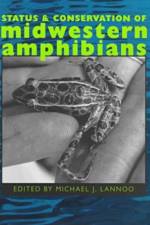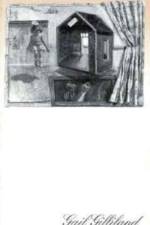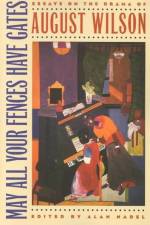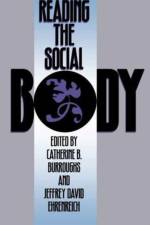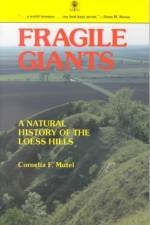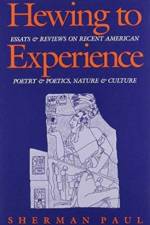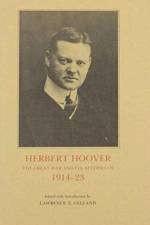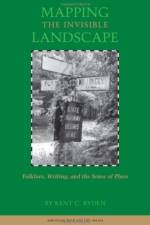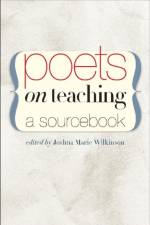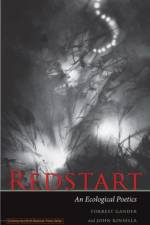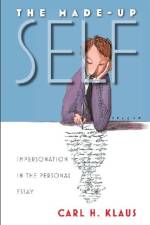av Peter A. Scholl
337
In 1985 Time magazine ran on its cover Garrison Keillor's face superimposed across the fictional town of Lake Wobegon, Minnesota, taking the publication of Keillor's book of the same name as an occasion to raise some hoopla over this "radio bard" (he was then host of the highly acclaimed "A Prairie Home Companion" variety show) and humorist nonpareil. Not since Will Rogers has a crackerbarrel philosopher become a national figure, a celebrity. And it is the rare down-home fellow from the prairies ("radio's tallest shy person") who also happens to write for the New Yorker. In this lucid, well-researched study Peter A. Scholl follows chronologically the dual career of Garrison Keillor, the pen name Gary Edward Keillor has been using since he was 13, exploring the Minnesotan's double mastery of the arts of storytelling and writing. Scholl looks at how Keillor's writing and conceptions for radio - particularly the News from Lake Wobegon on "A Prairie Home Companion" - has influenced his writing. Keillor's humorous sketches and stories have appeared in the New Yorker since 1970 (he was on its staff from 1987 to 1992); his books - Happy to Be Here (1982), Lake Wobegon Days (1985), We Are Still Married (1989), Leaving Home (1987), and WLT: A Radio Romance (1991) - have met critical and popular success. Scholl finds that if Keillor attained his widest acclaim as a yarnspinner in the nineteenth-century traditions of local color and literary comedy - the foremost progenitor of which being Mark Twain - he revitalized those traditions while adopting comic modes and playing roles that had little precedent in eras other than his own. Keillor's being a New Yorker writer has, according to Scholl, almost symmetrically affected the structure and nuance of his oral tales: they represent a cross-pollination between traditional oral storytelling and the verbal artistry of not only the New Yorker writers the young Keillor so admired - James Thurber, S. J. Perelman, A. J. Liebling, and E. B. White - but also such experimentalist writers as Donald Barthelme. Scholl in fact compares the darker side of Keillor's humor with the postmodernism of Barthelme - and, perhaps at the other end of the spectrum, he draws some parallels between Keillor's tales and those of Jean Shepherd, whose fictional town of Hohman, Indiana, has served him in the same way Lake Wobegon has Keillor. In this engaging, balanced literary portrait, Scholl analyzes how Keillor's public career as a radio performer has often put him at odds with his more solitary life as a writer. At least four times Keillor has quit his positions in radio to devote himself more exclusively to writing, and this oscillation between two callings, notes Scholl, reveals a complex ambivalence in Keillor's career - an ambivalence that might just add to the poignancy and uniqueness of the stories Keillor tells.





